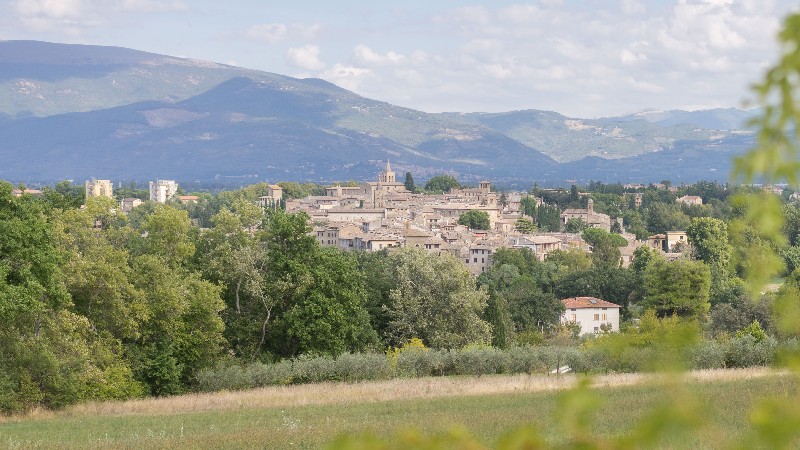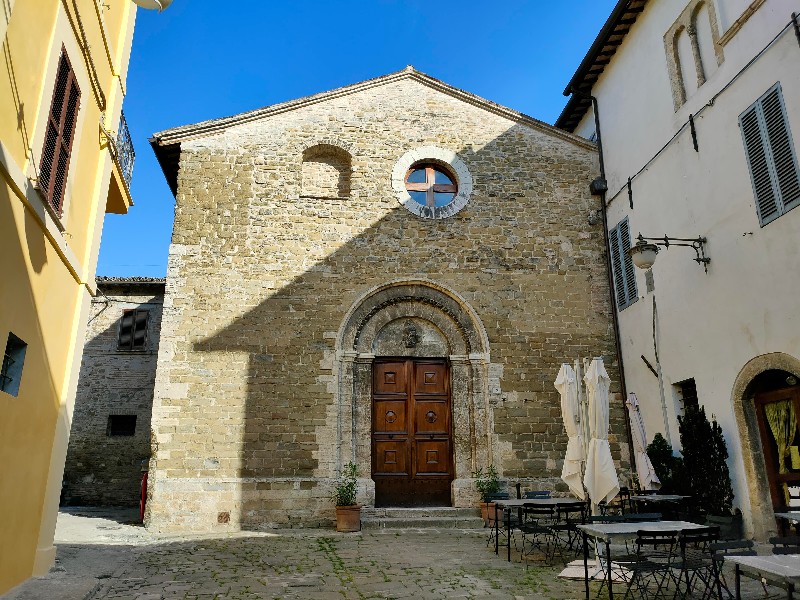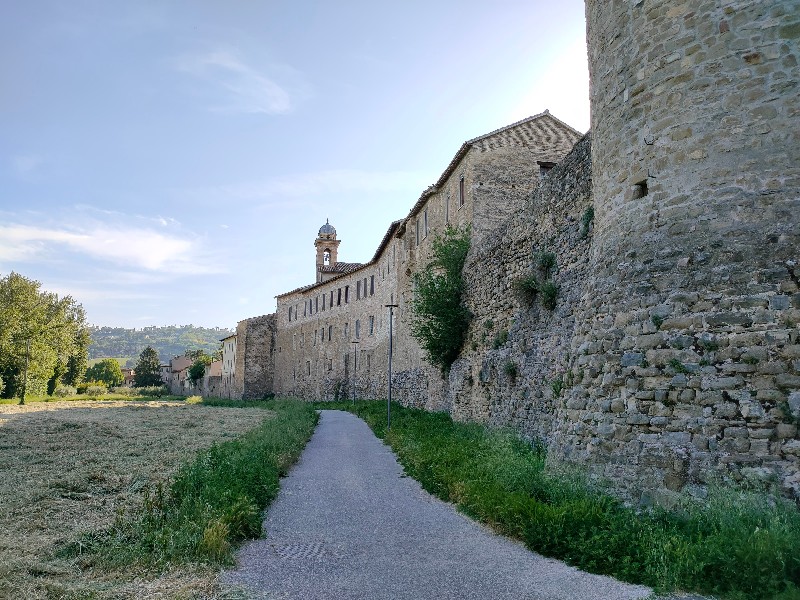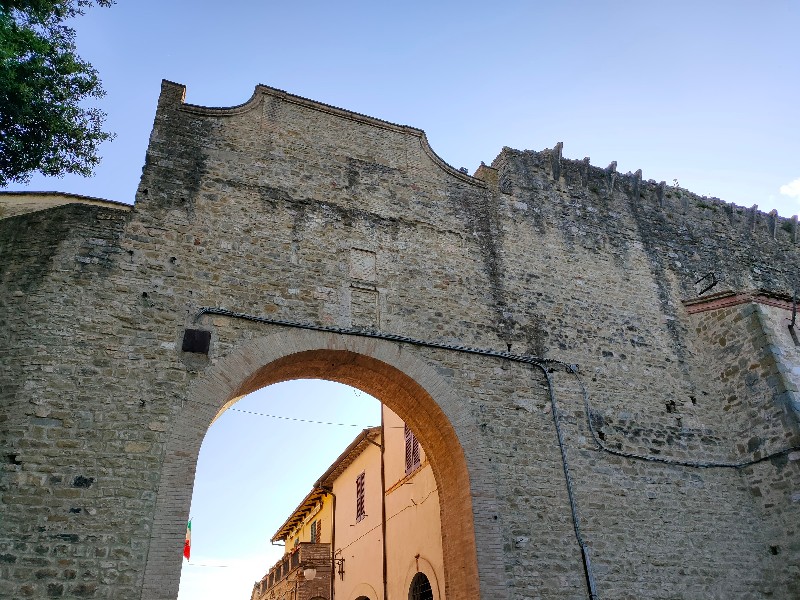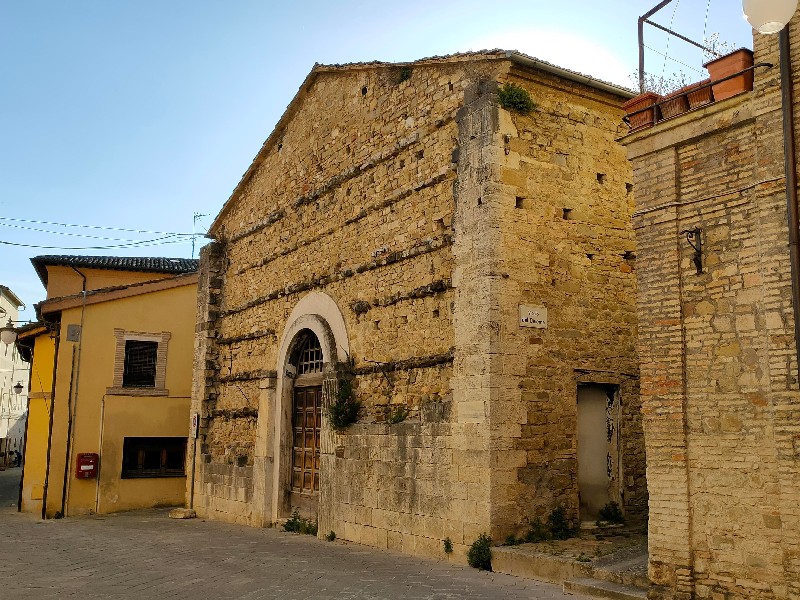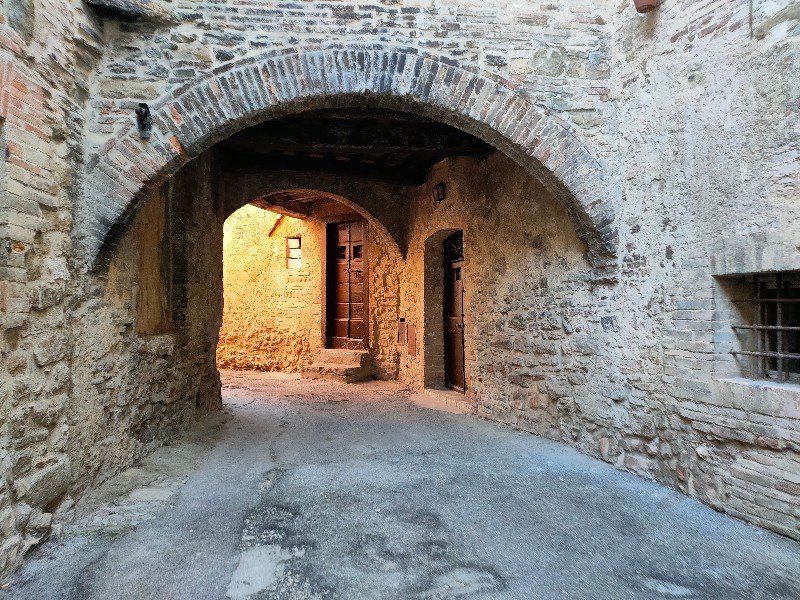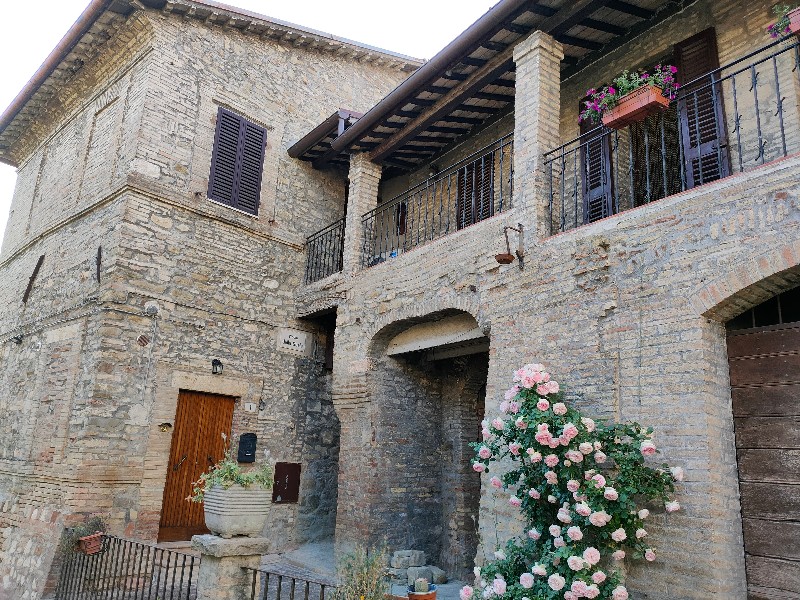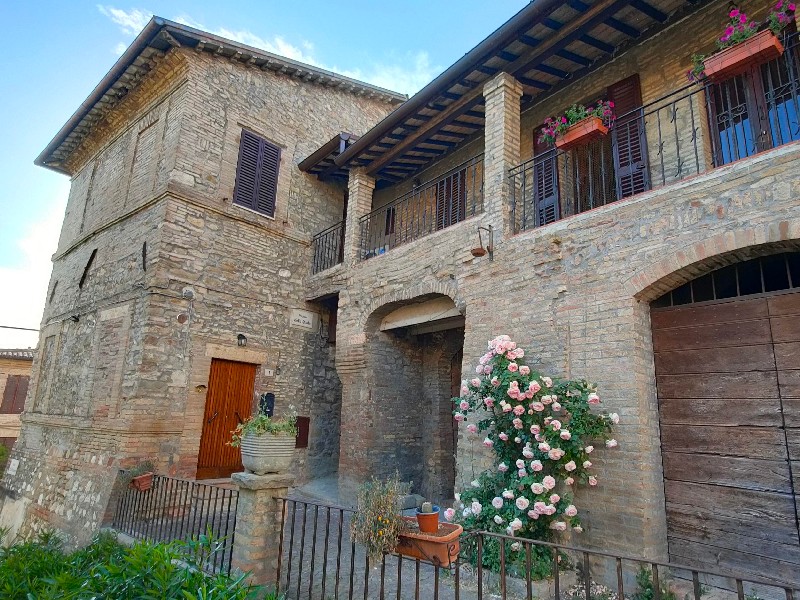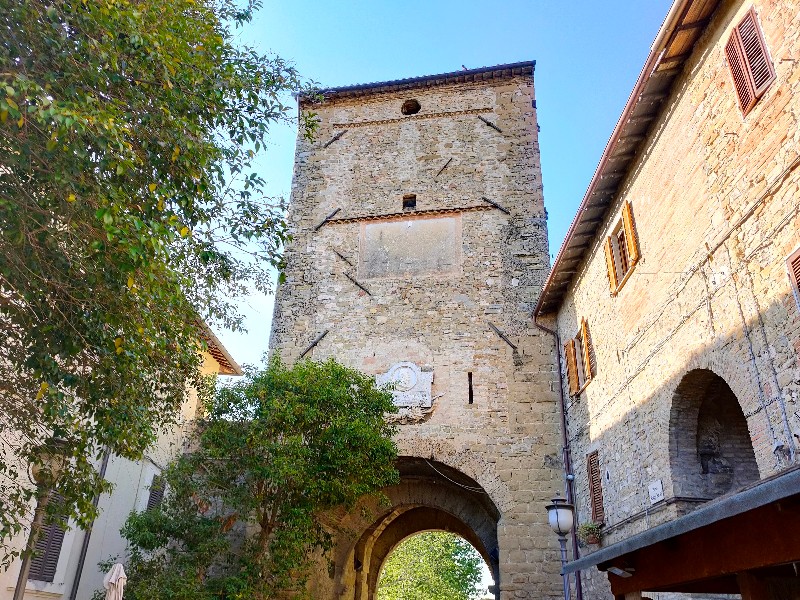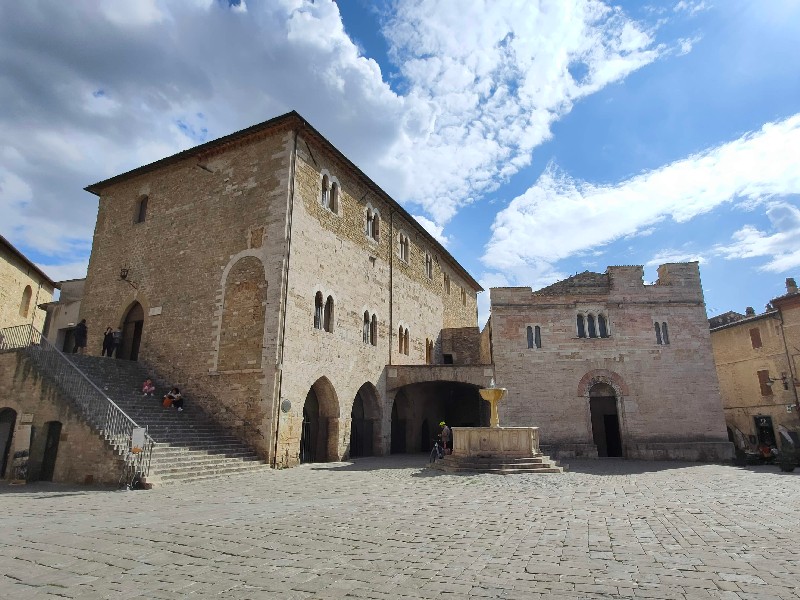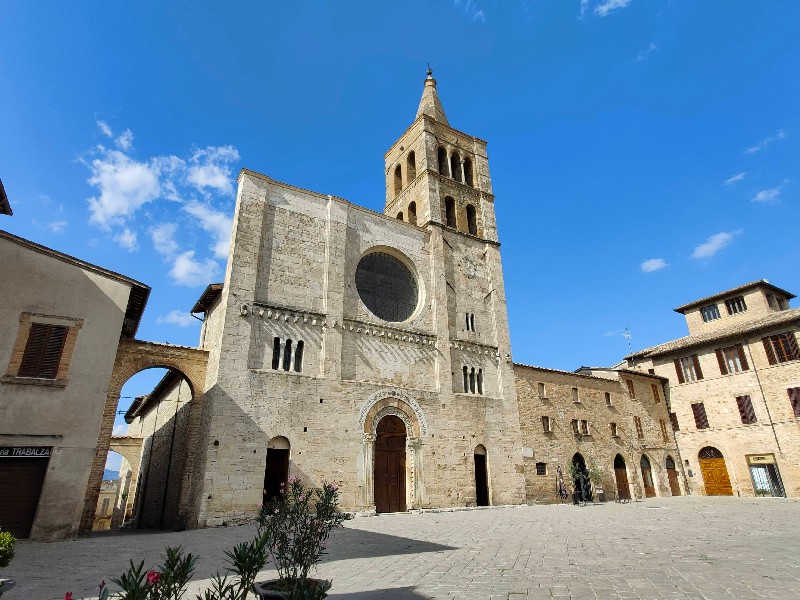Bevagna, the ancient Mevania, is located between Foligno and the hills of Gualdo Cattaneo and Montefalco, at the confluence of the Clitunno and Teverone, that here become the Timia river. The city was a thriving Umbrian center, then it entered the Roman orbit, through a process that culminated in 90 BC., when it became municipium. The centrality of Mevania, located along the west branch of the Via Flaminia, is found in the meaning of its ancient name: "she who is in the middle". It was probably the capital of the Umbrian league and undoubtedly the site of a river port in Roman times. After the Roman phase, Bevagna became part of the Duchy of Spoleto until its entry into the Papal States, dated 774 AD. After the year 1000 it became a free municipality governed by Consuls, then experienced alternating periods of dependence on the Church and the Empire. The city, surrounded by ancient walls, preserves numerous Roman vestiges integrated into the medieval fabric. With its many prestigious monuments, Bevagna is also known for the Gaite, an historical re-enactment of international fame.

Il progetto Divina Foligno è sviluppato nell’ambito del “programma Agenda urbana di Foligno Smart community - Comunità, Sostenibilità – Foligno 2020” intervento OT.6 INT_01 “Realizzazione della rete di attrattori culturali attraverso la realizzazione di itinerari culturali e tematici

The Divina Foligno project is promoted and financed as part of the "Urban Agenda of Foligno Smart community - Community, Sustainability - Foligno 2020 program" intervention OT.6 INT_01 "Creation of a network of cultural attractions through the creation of cultural and thematic itineraries"

Copyright © 2022 Landmark. All rights reserved.

